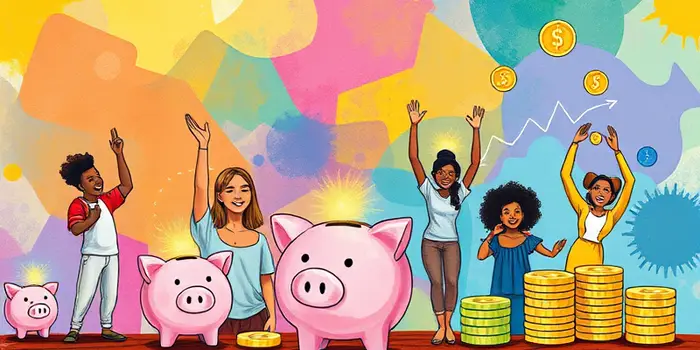
Financial literacy is more than mastering numbers—it’s a journey toward freedom, security, and opportunity. By building your understanding of money management, you gain the tools to shape your future and pursue your dreams with confidence.
Across the globe, only one in three adults possesses the skills to make sound financial choices. This gap leaves roughly 3.5 billion people vulnerable to poor decisions and unexpected crises.
In the United States, 54% of adults report having at least three months of emergency savings, with an average family balance of $8,000 in 2022. Among youth, those with strong financial foundations are 72% more likely to save money and 50% more likely to compare prices before purchases.
These numbers highlight both progress and persistent disparities. While some communities thrive, others face barriers that hinder access to knowledge and resources.
Understanding core concepts provides a roadmap to financial well-being. The following table outlines the five pillars every individual should master:
Each principle interlocks to form a resilient financial framework. By viewing them collectively, you can make informed and effective decisions at every stage of life.
Developing robust financial skills yields profound advantages:
When individuals embrace these benefits, they transition from reacting to financial shocks to proactively shaping their futures.
Traditional lectures can impart knowledge, but interactive simulations and gamified platforms drive lasting change. Across 76 randomized studies, participants in hands-on programs experienced a large increase in knowledge and a medium improvement in behavior, from improved budgeting to responsible credit use.
National strategies now aim to reach over five billion people across 60 nations, yet challenges in equitable access remain. Tailored programs, especially those embedded in school curricula and community centers, show the highest engagement and retention.
Financial literacy does not exist in a vacuum—social factors shape outcomes. Students from underserved areas often lag behind, with socioeconomic status explaining around 12% of performance gaps. Gender divides emerge as well, with boys more likely to use digital tools confidently than girls.
Family conversations about money significantly boost children’s aptitude. Encouraging open dialogue at home, alongside community mentorship, can level the playing field and ensure everyone has the chance to succeed.
As technology evolves, so do opportunities—and risks. Digital innovations demand new competencies, from mobile wallets to peer-to-peer lending. Staying informed is crucial to leverage benefits while avoiding pitfalls.
By treating these tools as extensions of core principles—earning, saving, borrowing—you can harness innovation safely.
Action trumps intention. Whether you’re a novice or a seasoned individual, these steps can elevate your financial health:
Consistency is key. Small, deliberate choices compound over time, building resilience and opening doors to new opportunities.
Financial literacy is not a one-time achievement but an ongoing practice of informed decision-making. By embracing foundational principles, seeking interactive education, and closing equity gaps, you join a global movement toward economic well-being.
Remember, every journey begins with a single step—review your budget today, explore a workshop this week, and start building the future you deserve.
References













